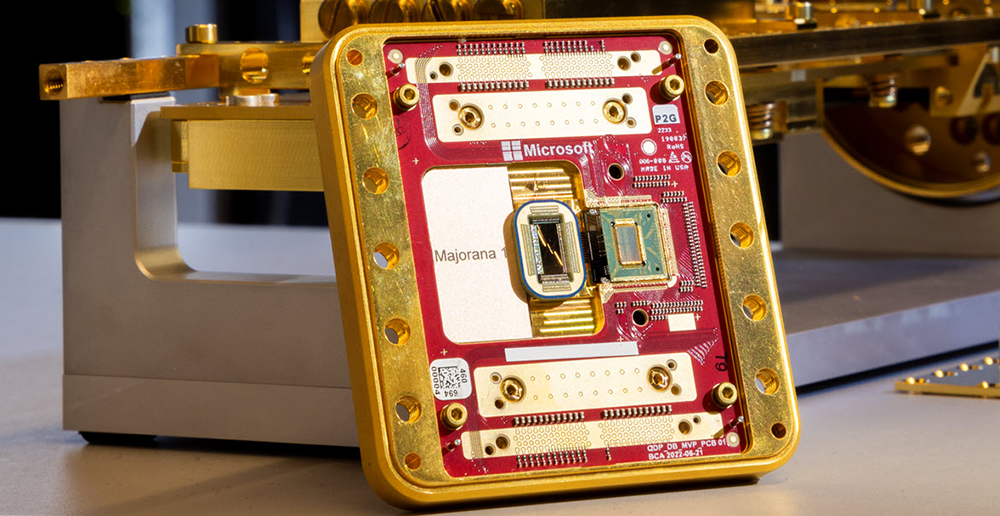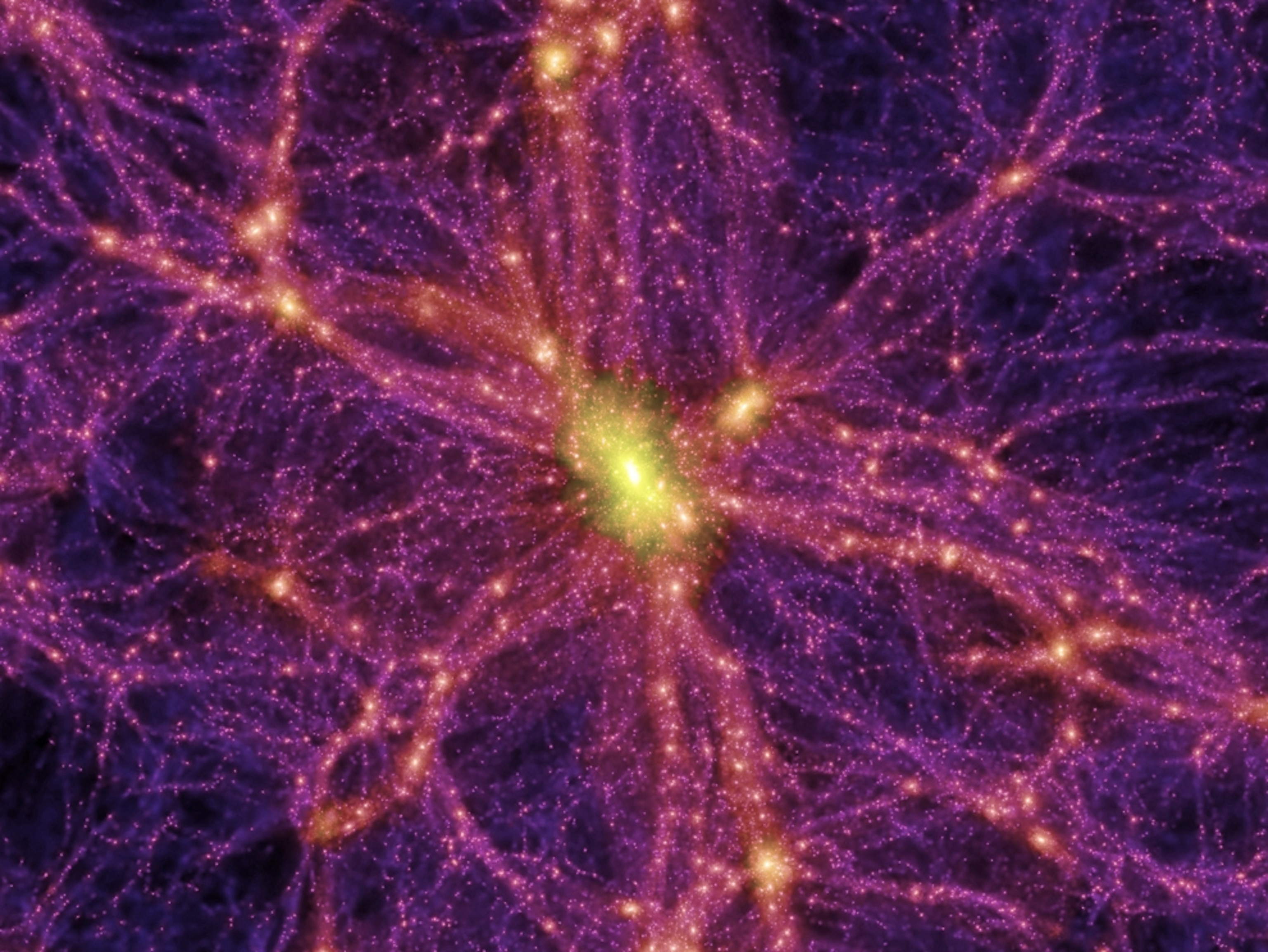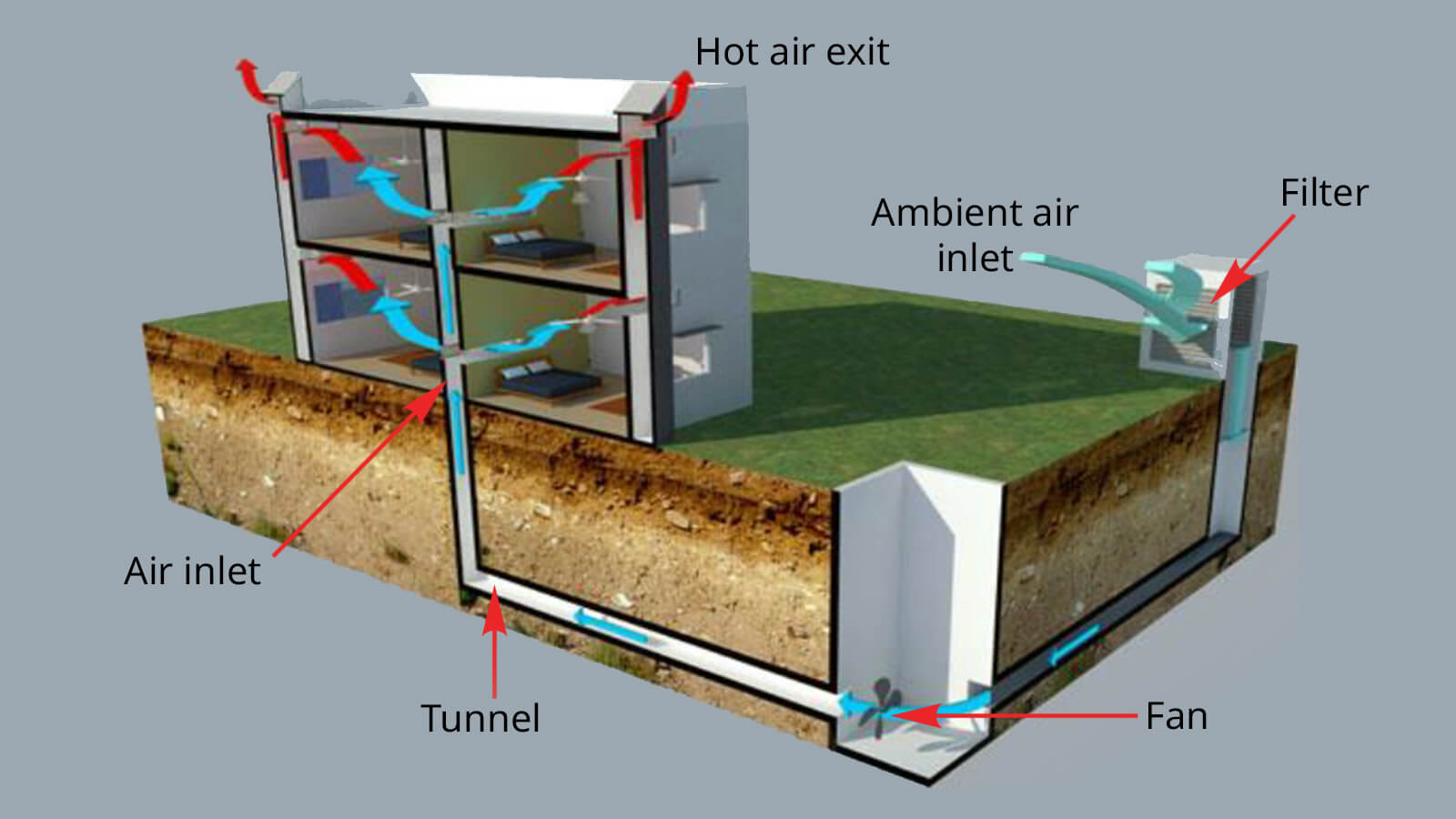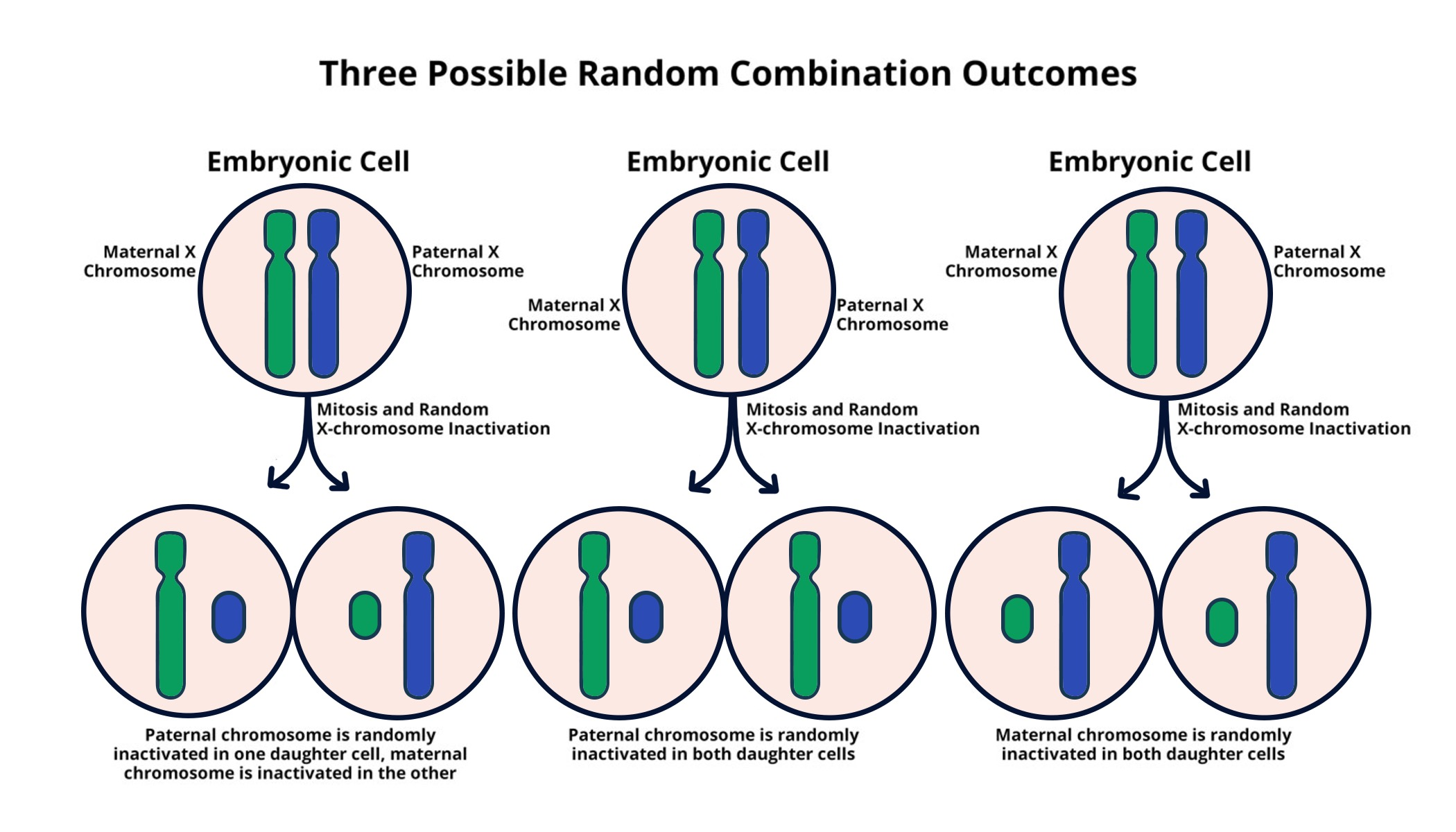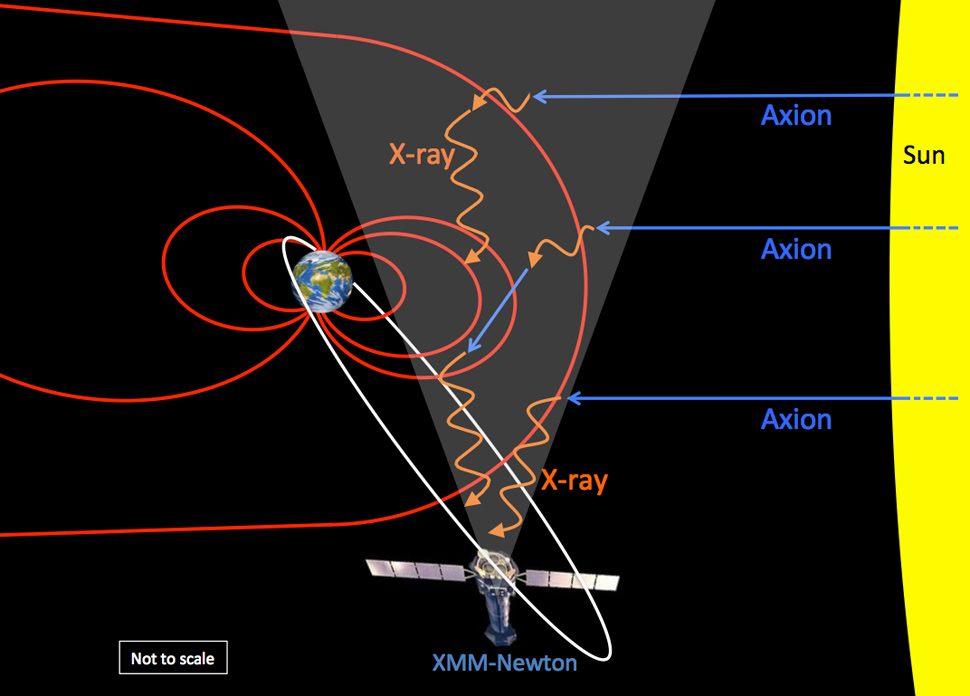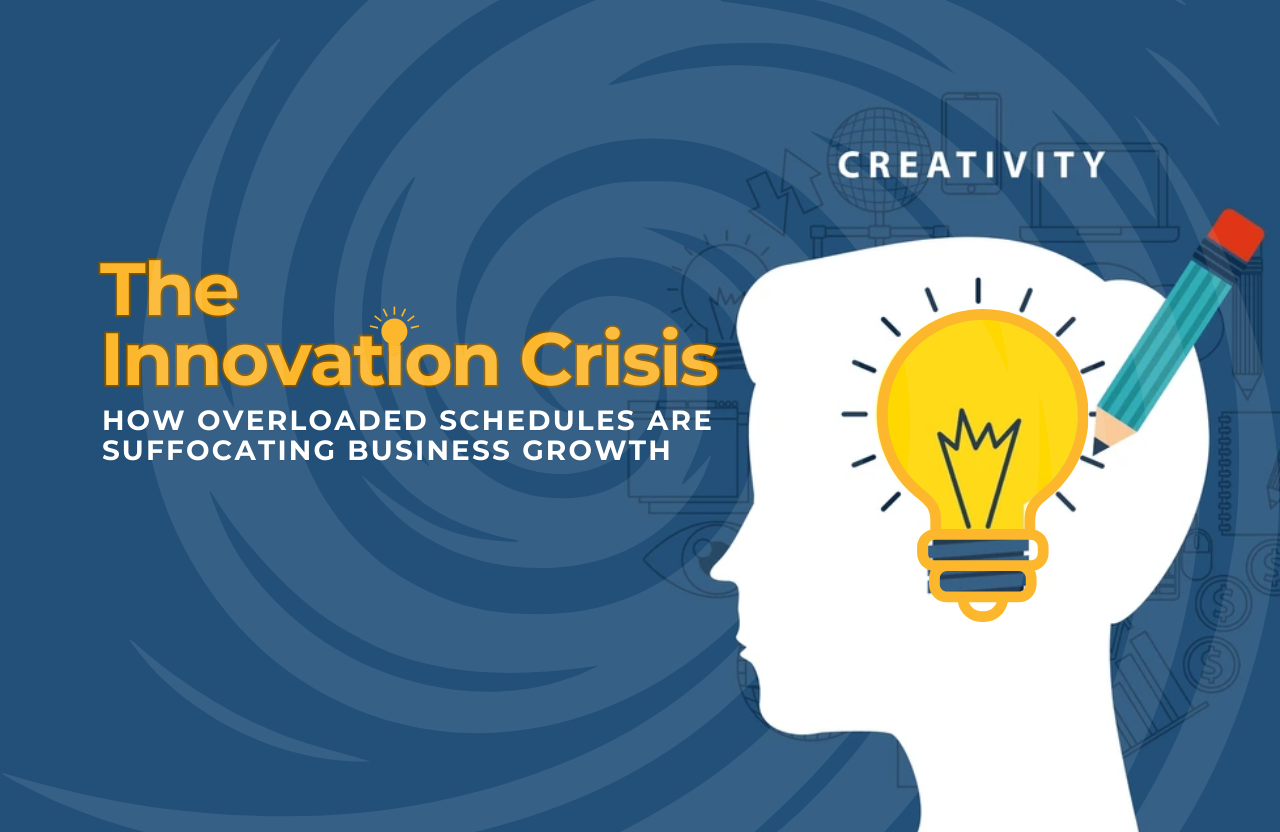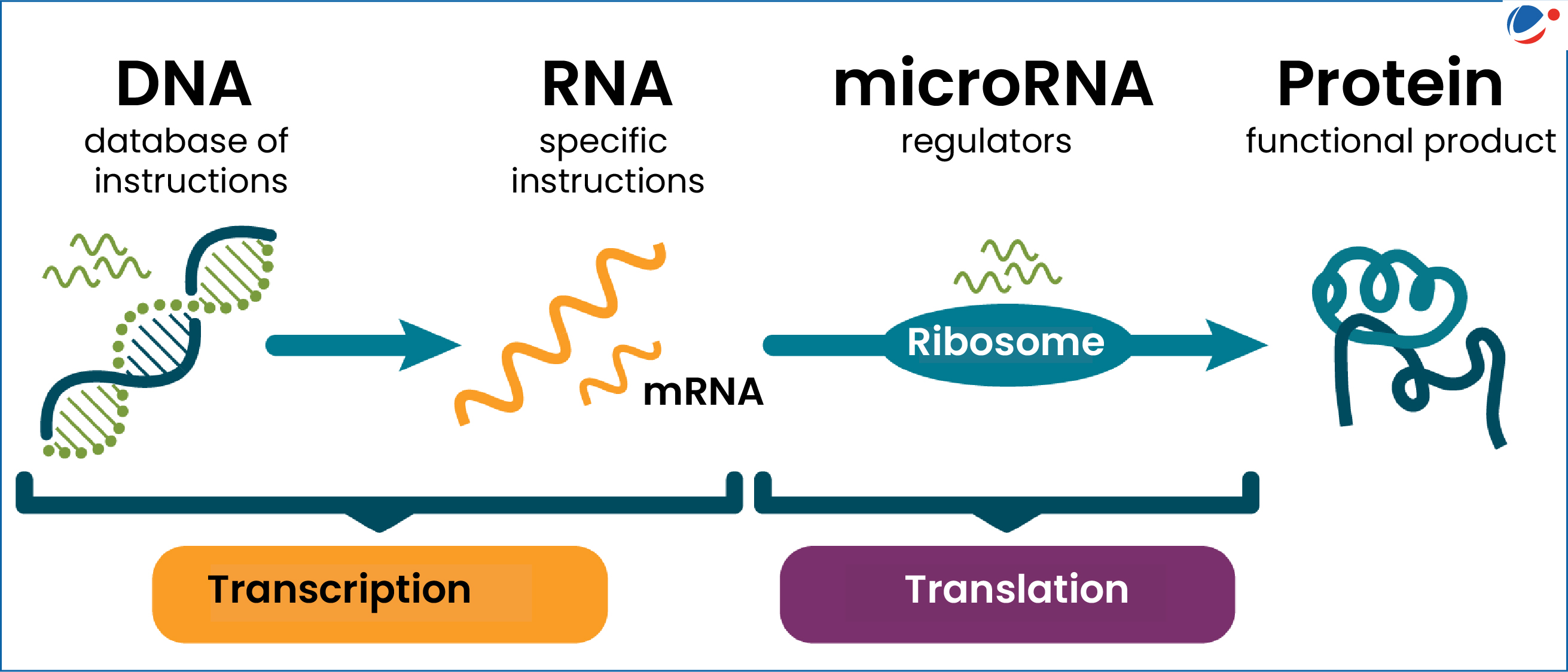Topological Qubit: A Breakthrough in Quantum Computing
The concept of the topological qubit is garnering significant attention in the realm of quantum computing, particularly following Microsoft’s recent advancements in this field. Unlike conventional qubits that are susceptible to environmental disturbances, topological qubits promise to offer greater stability, making them a robust choice for future quantum computers. Pioneered by Microsoft’s own Chetan Nayak, this innovative qubit design aims to revolutionize quantum error correction, addressing one of the biggest challenges in quantum technology. With the potential to facilitate ultrafast computations, these stable qubits could lead to breakthroughs in solving complex problems that were once confined to theoretical limits. As research progresses, Microsoft is positioning itself at the forefront of this transformative technology, shaping the future of quantum computing.
Topological qubits represent an exciting frontier in the field of quantum information processing. These advanced quantum bits leverage unique properties from their topological structure, which help them to maintain coherence despite external noise. By incorporating concepts from quantum mechanics and materials science, researchers are striving to create highly efficient and reliable systems capable of running complex algorithms far beyond the scope of traditional computing. This vision aims to overcome the frequent errors associated with existing qubits, ultimately enabling more effective quantum error correction techniques. As the field evolves, terms like ‘stable qubits’ and ‘ultrafast computing’ will become increasingly relevant in discussions surrounding the next generation of quantum hardware.
The Promise of Topological Qubits in Quantum Computing
Topological qubits represent a groundbreaking advancement in the field of quantum computing, primarily due to their potential for enhanced stability compared to traditional qubits. As Microsoft has demonstrated, these qubits are designed to leverage the principles of topology, allowing them to maintain their quantum state even in the presence of environmental disturbances. This is crucial, as it means that topological qubits can reduce the frequency of errors associated with qubit manipulation, which has been one of the significant hurdles in realizing practical quantum computing applications.
The stability of topological qubits can lead to quicker and more efficient quantum computations. By minimizing the impact of quantum decoherence—a limitation affecting regular qubits—topological qubits can potentially operate with fewer errors. This reliability is essential for implementing complex quantum algorithms, including quantum simulation and quantum error correction protocols, paving the way for ultrafast processing capabilities that were once thought unattainable.
Comparing Traditional Qubits and Topological Qubits
Traditional qubits, such as those based on superconducting circuits or trapped ions, have made significant contributions to quantum computing. However, they also suffer from various issues related to noise and error rates, primarily due to their sensitivity to external factors including temperature fluctuations and electromagnetic interference. These challenges often necessitate complex quantum error correction methods to converse data integrity, which can dramatically increase the time and resources required for computations.
In contrast, topological qubits offer a new paradigm by fashioning a robust physical realization of a qubit that holds its state through the unique properties of its construction. By utilizing materials that exhibit topological characteristics, such as the hybridization of superconductors and semiconductors, researchers at Microsoft are forging a path towards a new generation of quantum computers that promise greater fault tolerance and higher operational efficiencies. This leap could revolutionize not only how quantum computations are performed but also their applications across various fields, from cryptography to complex simulations in physics and chemistry.
Chetan Nayak’s Role in Quantum Research
Chetan Nayak, a leading figure in Microsoft’s quantum research initiative, has been instrumental in advancing the development of topological qubits. His role as both a Microsoft Technical Fellow and a professor at the University of California at Santa Barbara allows him to bridge theoretical concepts with practical applications. Nayak’s extensive background in physics, combined with nearly two decades of research, has culminated in the innovative breakthroughs recently announced by Microsoft, positioning him as a pioneer in this transformative field.
Nayak emphasizes the significance of collaborative efforts within the scientific community, advocating for rigorous peer validation of results to foster acceptance of new technologies. His approach underscores not only the technical challenges associated with developing topological qubits but also the importance of clear communication and engagement in scientific discourse, which is essential for dispelling skepticism and fostering progress in quantum computing.
Understanding Quantum Error Correction
Quantum error correction is a critical aspect of quantum computing, especially for traditional qubits, which are prone to errors induced by decoherence and operational noise. This process involves encoding the quantum information in a manner that allows for the detection and correction of errors without measuring the quantum state directly, thereby preserving the integrity of the information. However, the quantum error correction schemes currently in use are complex and resource-intensive, often requiring more physical qubits than logical ones to ensure fidelity.
With the advent of topological qubits, there is hope that the need for extensive quantum error correction may diminish substantially. Since topological qubits are inherently more stable and less sensitive to local disturbances, they offer an elegant solution to error correction that could make quantum computation more feasible and efficient. This shift not only enhances the performance of quantum systems but also plays a pivotal role in scaling up quantum computers to the million-qubit level necessary for tackling sophisticated problems in fields such as material science and cryptography.
The Future of Quantum Computing with Topological Qubits
The future of quantum computing appears promising with the introduction of topological qubits. As Microsoft accelerates its research, the ultimate objective of constructing a million-qubit quantum computer beckons, which is essential for solving complex problems in chemistry, physics, and material science. The development of topological qubits stands as a testament to human ingenuity and our capacity to harness the enigmatic properties of quantum mechanics to solve problems previously deemed insurmountable.
Moreover, by leveraging topological properties, researchers aim to create systems that not only enhance computational power but also do so reliably. This could lead to practical implementations of quantum computing in diverse sectors including pharmaceuticals, energy, and advanced materials development. As we stand on the brink of this quantum revolution, the quest for stable qubits, such as topological qubits, signifies a monumental step toward achieving faster, more efficient computations that could reshape our understanding of technology and its capabilities.
Adapting to Quantum Mechanics in Computing
The adaptation of quantum mechanics in computing necessitates a profound shift in how data is processed and understood. Unlike classical calculations, which follow binary logic, quantum computing operates on superpositions, resulting in dramatically accelerated processing powers. The challenge lies in creating systems that can effectively manage the quantum nature of information, particularly in maintaining qubit states amid environmental influences that threaten coherence.
Companies like Microsoft are at the forefront of this adaptation, actively exploring the intricate balance between qubit stability and computational speed. The insights gained from developing topological qubits inform approaches to integrating quantum mechanics principles into practical applications, ultimately aiming to establish a dependable framework for future quantum computers. This endeavor not only hinges on mastering quantum error correction but also on creating a deep understanding of quantum phenomena that solidifies the relevance of quantum computing in solving real-world problems.
Microsoft’s Vision for Quantum Technologies
Microsoft’s vision for quantum technologies encapsulates an ambitious roadmap aimed at revolutionizing how we compute and simulate the universe. The recognition that traditional computing methods are reaching their limits has sparked the company’s intense focus on quantum research, particularly in the pursuit of scalable qubit systems like the topological qubit. The integration of these advanced qubit designs could lead to breakthroughs that fundamentally transform industries such as aerospace, pharmaceuticals, and artificial intelligence.
As part of this vision, collaboration with governmental and educational institutions, such as DARPA and universities, illustrates the importance of collective intelligence and resource pooling in achieving breakthroughs. By prioritizing clear experimental results and replicable data, Microsoft sets the stage for broader acceptance and understanding of quantum technologies, aligning with the broader goal of making quantum computing accessible and practical for a diverse range of complexities that challenge current computational paradigms.
Material Science and Quantum Computing Innovations
The interplay between material science and quantum computing is increasingly fundamental in developing stable qubits like topological qubits. Understanding the physical properties of materials such as indium arsenide and aluminum, which are used in the construction of topological qubits, enables researchers to innovate at the intersection of these two fields. By focusing on the intrinsic characteristics of hybrid systems—those that combine superconductors and semiconductors—scientists can explore new realms of quantum states that bolster qubit performance.
Moreover, advancements in material science can lead to the discovery of novel compounds with enhanced characteristics suitable for qubit development. This not only aids in crafting more robust qubits but also enhances the efficiency of quantum systems, providing a clearer path to achieving high-operation quantum computers. By harnessing a comprehensive understanding of materials in conjunction with quantum mechanics, researchers are poised to push the boundaries of technological innovation.
Celebrating Progress and Looking Forward in Quantum Research
As we celebrate the progress made in the field of quantum research, it is essential to acknowledge the milestones achieved through persistent inquiry and collaboration. The unveiling of topological qubit technology by Microsoft marks a pivotal moment in quantum computing history, showcasing not just a scientific breakthrough but a testament to the dedication and expertise of researchers like Chetan Nayak. This achievement encapsulates the culmination of years of rigorous experimentation and theoretical exploration, embodying the spirit of innovation that drives the quest for quantum supremacy.
Looking forward, the road remains challenging yet exciting. With an increasing focus on scaling quantum systems to millions of qubits and achieving fault tolerance, the next few years are critical for the realization of practical quantum computing applications. Continued collaboration across academia and industry will be vital in overcoming obstacles and harnessing the full potential of this emerging technology. As new discoveries unfold, the potential for quantum computing to revolutionize numerous fields awaits to be fully realized.
Frequently Asked Questions
What is a topological qubit and how does it differ from traditional qubits?
A topological qubit is a special type of quantum bit that is expected to be more stable and robust than traditional qubits. Unlike conventional qubits that can be easily affected by their environment and, therefore, prone to errors, topological qubits rely on unique physical properties that protect the information they carry. This increased stability is crucial for quantum error correction, making them well-suited for real-world quantum computing applications.
Who is Chetan Nayak and what is his role in the development of topological qubits?
Chetan Nayak is a Microsoft Technical Fellow and a professor at the University of California at Santa Barbara, leading the research efforts for the development of topological qubits. He has been integral in the advancement of quantum computing technologies at Microsoft, particularly focusing on creating stable qubits that can enhance the performance of future quantum computers.
How do topological qubits enhance quantum error correction in quantum computing?
Topological qubits enhance quantum error correction by inherently possessing a more stable physical structure that can resist fluctuations caused by environmental noise. Since they are less susceptible to errors, they can maintain superposition states longer, thereby increasing the reliability of quantum computations and reducing the complexity involved in error correction strategies.
What materials are used to create topological qubits and why are they chosen?
Topological qubits are made from materials like indium arsenide and aluminum, which exhibit superconductive properties at very low temperatures. These materials are chosen for their ability to form a hybrid state between superconductors and semiconductors, allowing for the advantageous characteristics of both, essential for stabilizing the quantum states needed for effective quantum computing.
What potential impact do topological qubits have on future quantum computing technologies?
The introduction of topological qubits could significantly accelerate the development of ultrafast quantum computers capable of solving complex problems beyond the reach of classical supercomputers. By providing a more robust and stable basis for quantum logic, topological qubits promise to enhance computational power and efficiency, paving the way for breakthroughs in areas like materials science and chemistry.
What are the challenges faced by researchers like Chetan Nayak in developing topological qubits?
Researchers face several challenges in developing topological qubits, including identifying suitable materials with the right properties, achieving precise control over the qubits, and scaling the technology to create practical quantum computers. Additionally, establishing theoretical frameworks and experimental validation to support findings requires overcoming significant scientific hurdles.
How far has Microsoft progressed in creating a quantum computer powered by topological qubits?
Microsoft is actively working towards producing a quantum computer powered by topological qubits, with ongoing efforts to scale the number of qubits beyond the current few demonstrated in prototypes. The goal is to build a million-qubit machine capable of solving valuable computational problems, and the company has taken significant steps, including partnerships with organizations like DARPA.
What distinguishes Microsoft’s approach to quantum computing through topological qubits from other quantum technologies?
Microsoft’s approach to quantum computing through topological qubits emphasizes the creation of stable qubits that can achieve fault tolerance and scalability, setting it apart from other quantum technologies that may rely on less reliable qubit architectures. This focus aims to ensure that the quantum computers produced are practical for real-world applications, rather than just theoretical models.
What role does superposition play in the functionality of topological qubits?
Superposition is a fundamental principle of quantum mechanics that allows topological qubits to exist in multiple states simultaneously, enabling them to perform complex calculations at exponentially higher rates than classical bits. This characteristic is crucial for the quantum computing capabilities of topological qubits and contributes to their potential for addressing challenging computational tasks.
Why is quantum error correction important in the context of topological qubits and quantum computing?
Quantum error correction is vital for maintaining the integrity of information stored in qubits, particularly as qubits are sensitive to external disturbances. In the context of topological qubits, their enhanced stability helps minimize errors, but effective quantum error correction is still necessary to ensure reliable operations, especially as quantum systems scale in size and complexity.
| Key Aspect | Description |
|---|---|
| Introduction of Topological Qubit | Microsoft has developed a topological qubit that enhances the stability and reliability of quantum computing. |
| Comparison with Traditional Qubits | Unlike traditional qubits that are prone to errors due to environmental interference, topological qubits are designed to maintain stability. |
| Materials Used | The new qubit utilizes indium arsenide and aluminum, which become superconductive at low temperatures. |
| Challenges Faced | The development involved significant hurdles similar to early classical computing, focusing on material properties and qubit design. |
| Future Goals | Microsoft aims to build a scalable million-qubit quantum computer capable of solving complex scientific problems. |
Summary
The topological qubit represents a significant advancement in the field of quantum computing, promising enhanced stability and reliability compared to traditional qubits. By utilizing advanced materials and a unique design, it may accelerate the development of ultrafast quantum computers, addressing complex computational challenges that conventional systems cannot handle. As researchers continue to overcome engineering hurdles, the topological qubit stands to transform not just computing but our understanding of quantum phenomena itself.
